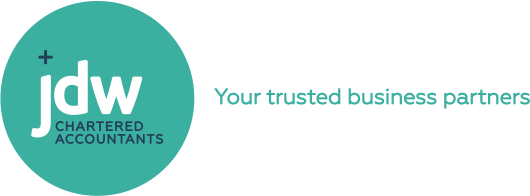Portfolio Investor Rates
IRD's Piece of the PIE
If you have portfolio investor entity (PIE) investments, you should check your investor statement each year to check you have the right portfolio investor rate (PIR). Before this year, if you underpaid you had to pay the extra tax in your income tax return, and if you overpaid tax you had to live with it. There was no mechanism for getting the overpayment back. From the 2021 income tax year, this situation has been rectified so you can get a refund.

What is a PIE and a PIR?
A portfolio investor entity, or PIE, is a special type of managed fund, which invests contributions in various types of passive investments. Kiwisaver funds are an example, but there are lots of other PIE funds which invest in term deposits, shares and insurance products. They were set up to align the tax on managed fund investment returns with the tax on direct investment returns.
The portfolio investor rate, or PIR, for NZ resident individuals is calculated at 10.5%, 17% or 28% depending on your taxable income with and without the PIE income (see Figure 1). Even with the introduction of the 39% top personal tax rate the top PIR is still only 28%.
The PIR is based on the taxpayer's previous two income years immediately before the relevant tax year, so there can sometimes be a lag between the taxpayers' marginal tax rate and the PIR.
Figure 1: PIR Table, source: IRD.govt.nz
Trusts can choose a PIR of 28% as a final tax rate, or can choose 17.5% and include the PIE income and tax paid in the end of year income tax return. This may be attractive if beneficiaries are receiving an income distribution from the trust and earn less than $48,000 income annually. Trusts can also choose a PIR of 0% and include the PIE income or loss and tax credits in the end of year income tax return. This might be attractive if the trust is using up prior year tax losses.
How Do I Receive my PIE Tax Refund?
We don't have to include your PIE income and tax credits in your income tax return, unless the PIR is the wrong rate. If you are due a refund, we will include it in your income tax return and then you can either use it to pay your terminal tax on other income, or get a refund back.
If you don't have to file an income tax return, IRD will automatically review your PIR after you have confirmed your income summary for the year. Make sure that your correct bank account details are loaded in MyIR for Income Tax, so that IRD can deposit the refund directly into your bank account.
Should I Talk to my PIE Advisor?
Yes, if you have had a recent change in your income, it's a good idea to let your advisor know that you need to change your PIR. This way, you won't get any surprises at the end of the tax year.
If you think you are due a PIE tax refund and haven't received it, please contact us.
- Serena Irving
Download a PDF version here
or contact the author by
email
. Like our
Facebook page
for regular tips.
Serena Irving is a director in JDW Chartered Accountants Limited, Ellerslie, Auckland. JDW is a professional team of qualified accountants, auditors, business consultants, tax advisors, trust and business valuation specialists.




